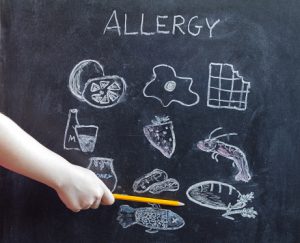Article by Jennifer Ceide, AE-C, CHES, CTTS Jamaica Hospital Medical Center
For my birthday, I am definitely going to a hookah lounge!” was excitedly determined by my cousin several years ago. As a developing tobacco treatment specialist, I wanted to proclaim my objection by saying, “Do you know that one sixty minute hookah session can be equivalent to smoking 100 cigarettes?!” Luckily, we couldn’t find a lounge that was open. Besides hookah lounges, hookah is also offered at night clubs and restaurants; it’s almost impossible not to find an opportunity to smoke hookah. So why the sudden burst in popularity, especially among never-smoked-a-cigarette millennials who without hesitation detest cigarette smoking?
So, what’s a Hookah?
Hookah is a water pipe used to smoke tobacco. Tobacco is burned at the top of the pipe, the smoke is then passed through water and the vapor is inhaled.
It’s safer…right?
Wrong! Besides the delivery of the highly addictive drug nicotine, the smoke from hookah contains toxins that contribute to cancer and other diseases. The water through which the smoke passes gives the false impression of purification; this process has not been shown to decrease any toxins associated with smoking. The vapor contains carbon monoxide, metals, and cancer-causing chemicals.
According to the World Health Organization, a hookah session can last between 20 to 80 minutes, one session can be equal to smoking 100 cigarettes.
When we consider the added risk associated with sharing a mouthpiece with others, the possibility of contracting communicable diseases such as tuberculosis, herpes, influenza, or hepatitis becomes a noteworthy threat.
To hookah or not to hookah?
From what we know so far the risks linked to smoking hookah should deter and not encourage. Because the popularity of smoking hookah is a recent trend, long term effects of the activity continue to be determined; however, we have enough evidence to conclude that hookah is not the safe alternative to smoking cigarettes. Hookah smokers are at risk for developing the same cancers and diseases that are linked to cigarette smoking in addition to the added risk of developing communicable diseases.
All content of this newsletter is intended for general information purposes only and is not intended or implied to be a substitute for professional medical advice, diagnosis or treatment. Please consult a medical professional before adopting any of the suggestions on this page. You must never disregard professional medical advice or delay seeking medical treatment based upon any content of this newsletter. PROMPTLY CONSULT YOUR PHYSICIAN OR CALL 911 IF YOU BELIEVE YOU HAVE A MEDICAL EMERGENCY.





